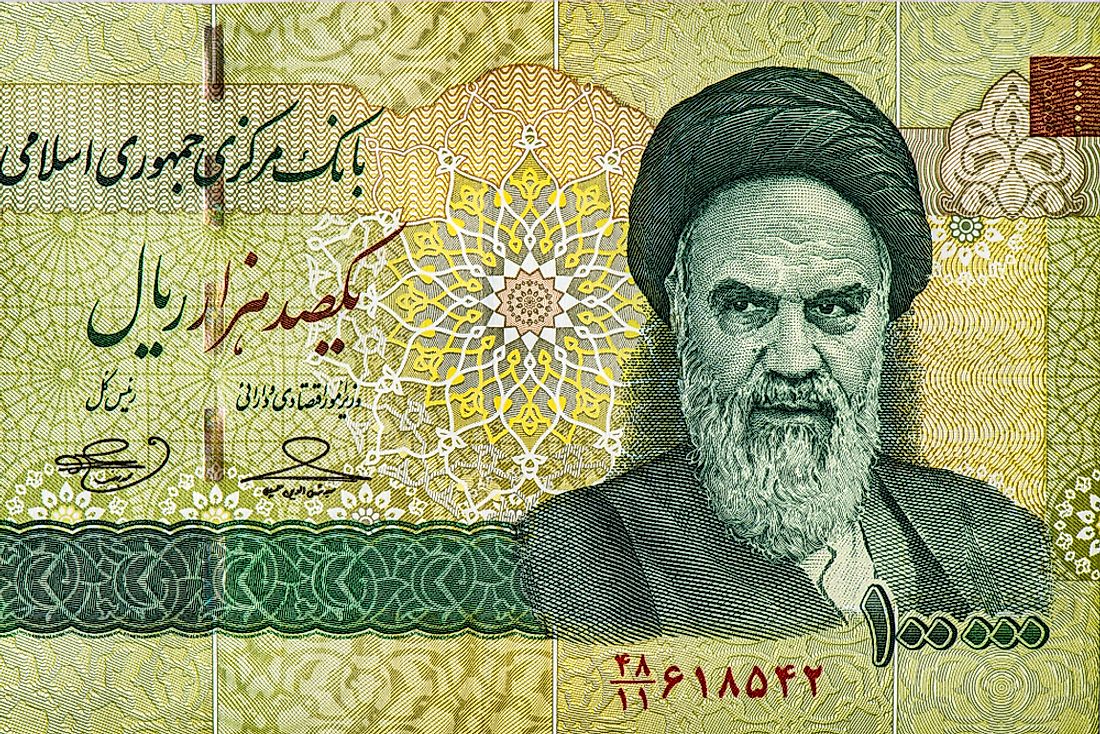Iranian Revolution: Causes, Events, and Effects

In the late 1970s, the Pahlavi Dynasty was overthrown and replaced by a new Islamic Republic of Iran. The revolution was mostly non-violent, although there were incidents of armed struggle. Here is an overview of the events that led up to the Iranian revolution, as well as the events in the revolution and the aftermath.
Before the Revolution
Western and Secular Influences on Iranian Society Before the Revolution
Prior to the revolution, Iran was ruled by a monarchy headed by Mohammad Reza Shah Pahlavi. The Shah was heavily US-backed and promoted westernization which many Iranians believed was diluting their indigenous culture and values. Separation of sexes, which had been a traditional practice, had been banned. Women during this period wore western clothes in place of the hijab and could now go to school, vote, and work. The new rights to women were embraced by the elite society while Islam Puritans viewed it as secularization. A more secular take on religion was adopted, where religious minorities could hold office.
Discontent With the Pahlavi Dynasty
Due to the Shah’s economic reforms, Iran had ascended into the ranks as a globally formidable industrial economy. By late 1970s, the economy had stagnated, and inflation led to a higher cost of living. Iranians all over the country were dissatisfied with the regime and viewed it as having failed on its economic promise coupled with corruption and incompetence among public officials.
The regime of Mohammad Reza Shah Pahlavi was very oppressive, and used the SAVAK, who were the American-trained secret police, for mass murder, torture, and imprisonment of those against his government. The Shah’s ideology that westernization was the tool for Iran’s progress was seen as having failed, and the Iranians felt that they should turn back to Islam.
Student, Left-wing, and Conservative Shia Sentiments Against the Shah's Government
The government was heavily opposed by the Conservative Shia Muslims led by Ayatollah Khomeini. The basis of their arguments against the government took a cultural and religious approach. The Conservative Shia accused the Shah of destroying Islam through the popularization of Western values.
Iranian Muslim Students, who had been exposed to the ideas of Ayatollah Khomeini, increasingly began to support the idea of an Islamic State. The left-wing Islamist groups encouraged the use of armed struggle as the means to topple the Shah’s regime.
Setting the Revolution into Motion
The early 1970s brought with it inflation in Iran’s economy, and the Shah was criticized for his extravagance while most Iranians were suffering in poverty. The Shah’s government suppressed any form of resistance and had exiled Ayatollah Khomeini. By the start of 1977 however, Khomeini ideologies began to spread in Iran through smuggled audio cassettes. Khomeini called for strikes, refusal to pay tax, boycotts, and even martyrdom for the Islam religion. The death of Khomeini’s son in 1977, which was blamed on the SAVAK, increased Khomeini’s popularization. Organizations opposed to the government also cropped up in Iran which encouraged open resistance.
During the Revolution
Major Events
Demonstrations began in January of 1978 with religious students who were protesting a slanderous article with criticism against Khomeini published by a Tehran newspaper. Many students were killed by the government which sparked off nationwide protests concentrated in religious institutions. Protests surged after the 40 day customary mourning period in Shi’ite customs for the students. Institutions viewed as western such as cinemas and bars were razed to the ground. Deaths during protests served to fuel more demonstrations. The Shah attempted to institute reforms to quell down the protests, but he eventually fled Iran on January 16, 1979. Khomeini returned to Iran in February in 1979.
After the Revolution
Outcomes
A referendum was held in April of 1979, and Iranians voted overwhelmingly to establish an Islamic Republic. A new constitution was adopted, and Ayatollah Khomeini became the Supreme Leader of the Republic of Iran.
Global Versus Internal Perceptions of the Revolution
The Iranian Revolution shocked the world as it was not caused by economic issues, but rather cultural reform. The Economic crisis had been, up to that point, the leading cause of revolutions and Iran had been enjoying relative economic prosperity. Iranians viewed the revolution as the only way to block western influence in their country.
Aftermath
A conservative rule in Iran was enforced, and former nationalists, elites, and left-wing revolutionaries were sidelined in the new regime. Strict dress codes were implemented and rigorously enforced. Iraq felt threatened by Iran and, to avoid the possibility of a Shia revolution in Iraq, the country invaded Iran in 1980, a war that lasted for eight years. The war served to unite Iranians against the US-supported Iraq forces.
Geopolitical Outlook of Iran Following the Revolution and Today
The reign of Khomeini as Supreme spiritual leader ended in 1989 with his death, and he was succeeded by Hojatoleslam Seyed Ali Khamenei, who had been president since August of 1981. Khamenei led the wave of revolutionary purists who firmly believed in non-compromising on revolutionary ideals. The Revolutionary Guards in Iran have risen in status to be a political and economic force. Sanctions placed on Iran by the US increasingly isolated Iran, a situation which can still be seen today. While Iran’s economy remains largely reliant on oil, many Iranians are dissatisfied with the perceived inflation and corruption in the government. Iran remains an Islamic state to this day.











